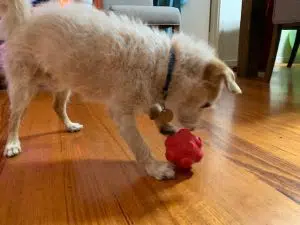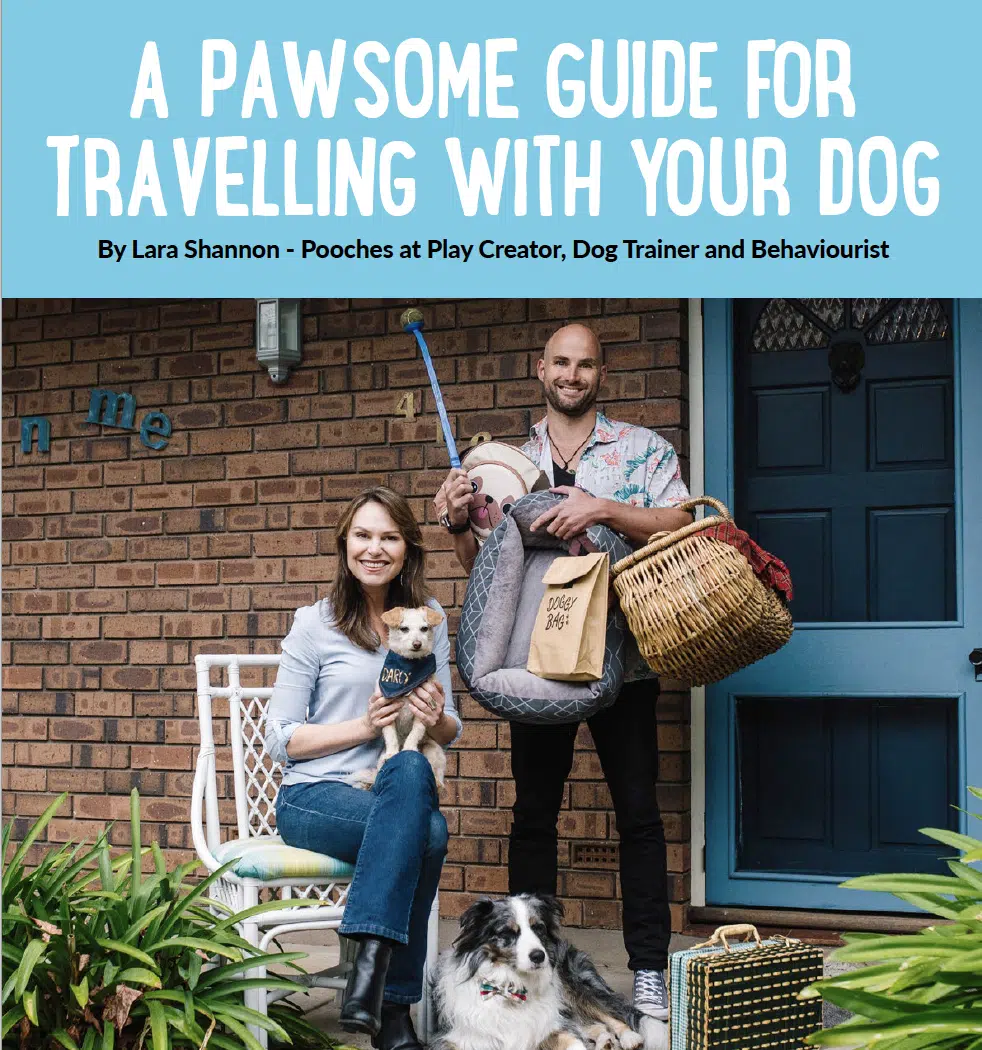

Have you ever wondered why your dog ‘suddenly” reacts aggressively to something or someone that, at another time, they were perfectly fine with? This is often a result of a concept known as trigger stacking.
This is when a dog experiences multiple stressful or scary situations in a short period of time, that leads them to feeling overwhelmed.
Trigger stacking tends to happen more with dogs that experience ongoing anxiety or reactivity, but every dog has a coping threshold – an emotional breaking point at which they are no longer able control their responses, and it can vary dog to dog and day to day.
Like us when stressed, a dog’s body releases cortisol, the stress hormone, which builds up with every trigger, until an otherwise minor situation pushes them over the edge and sees them growling, lunging, or even biting in response. Others might freeze or even try to flee. To understand the Signs of Anxiety in dogs, click here.
Many owners aren’t even aware of the day to day events that can contribute to their dog’s stress levels, such as loud noises, traffic, unfamiliar people and animals, changes in their routine, physical pain, or even new and busy environments,
It can also be things that are positive, but increase their arousal levels, such as the anticipation of a walk, saying ‘hi’ to another dog or high energy play.
Since the physical and mental effects of stress and arousal can last for at least 24 hours, trigger stacking can even occur when the triggers are spread out over a period of hours, or even days.
Trigger stacking happens in people too Think about when someone pokes a bit of fun at you. On a good day, you’d share a laugh. But if you’d had a lot of things go wrong that day, you might instead feel hurt or offended, and snap back.
That’s why it’s important we try to minimise the triggers our dog are exposed to in the first place, but of course, this isn’t always possible, so we need to find ways to help them decompress, which can take some time depending on the dog.
Confident dogs will compose themselves pretty quickly after a scare or stressful situation, whereas dogs with anxiety disorder, will take much longer.
Time out: If possible, give your dog a break somewhere quiet with a long lasting chew, or a food-stuffed toy, or to take a nap.
Scenting: Use foraging and scenting games likes scattering their food or treats around the house or yard, or a snuffle mat, to tap into their sense of smell which releases endorphins, the feel good hormones, that help to reduce the cortisol – a key in reducing trigger stacking.
Quiet exercise and training; Do easy obedience training or gentle, quiet exercise and avoid activities which will increase their arousal levels such as high energy games or busy walks to help reduce trigger stacking.
If you are struggling get the help of a qualified trainer, or talk to your Vet, as in some instances medication may be needed as part of the behaviour modification plan.
If your dog is anxious in general, there are a number of articles in our training & behaviour section here.
And, if they are reactive you can find some articles to help you with understanding why and what to do about that here.
Lara Shannon is a certified dog behaviourist and trainer, pet food nutrition specialist, Executive Producer and Host of Pooches at Play on Channel 10 and editor of Poochesatplay.com.



Brain games for dogs – Treat Treasure Hunt


Debunking common dog and cat myths

Receive a FREE copy of the E-Book “A Pawsome Guide For Travelling With Your Dog”


Get your paws on Lara Shannon’s best selling books ‘Eat, Play, Love (your dog) and World of Dogs.
Available in Australia, USA, UK and Canada.